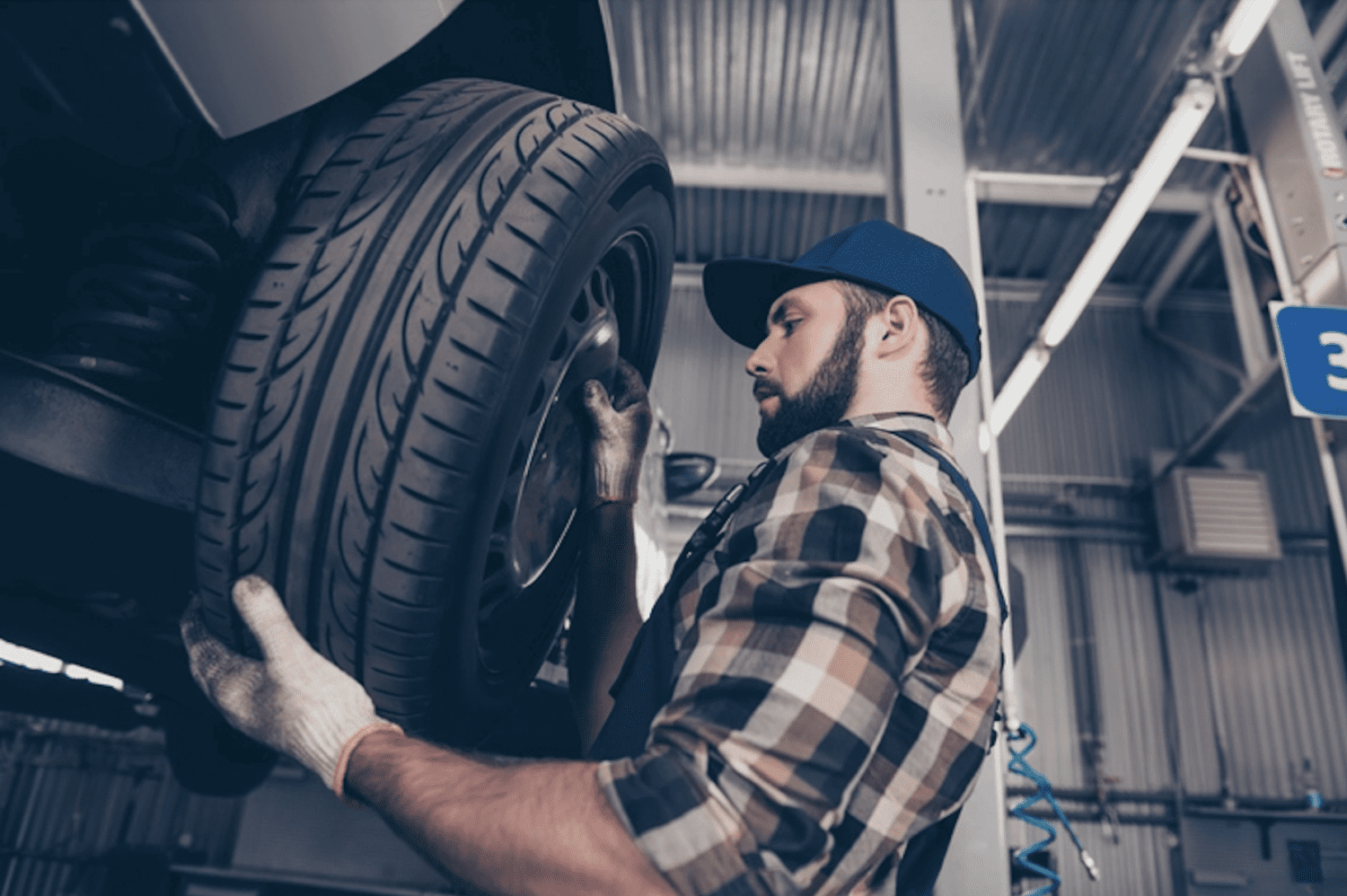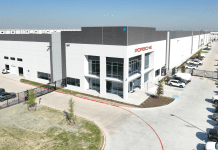There has been significant innovation in the EV market throughout the past few years, changing the solutions offered in service lanes. TraXtion, formerly tire profiles, has made huge waves in the retail automotive space and is saving dealers and technicians time with tire inspections. Today on Inside Automotive, we’re pleased to welcome back Dave Boyle, the President and Chief Executive Officer of TraXtion, to tell us more.
TraXtion’s products are designed to bring the whole process of tire inspection to an application on a smartphone. Boyle says dealers need to understand that they will be in the tire business, whether they like it or not. However, he says the loss of gross dollars through the service department is a concern for dealers.
Boyle says electric vehicles will drastically change how dealers use their service departments. For example, EVs won’t require oil changes – a historically successful service in drawing customers back to the dealership. Boyle says it’s not the lost revenue from services like oil changes that are concerning – it’s the trigger for the customer to visit the dealership.
 |
The industry has created a whole process around regularly scheduled intervals for oil changes – which provides an opportunity to do a multipoint inspection and find more work. What happens when the oil change no longer exists? What happens when there’s no reason for customers to visit the dealership periodically? Boyle says the answer could lie in the tires.
Boyle says EVs are notoriously hard on tires. He believes consumers will have to understand that while they save more on gas with an electric vehicle, they will spend more money on maintenance when it comes to tires. “They’re more expensive, and they wear out more frequently,” Boyle says. He believes the EV industry and dealerships have a massive opportunity to replace the oil change trigger with tire-related services.
Boyle says the goal isn’t to make a ton of money – it’s to retain customers. Less than 30% of customers come back in after making a purchase, and the oil change is used as a retention tool to bring the customers back. “Tires are the new oil change,” says Boyle.
Boyle says tires today are very specific and are engineered specially for the vehicle. He believes dealers need to position themselves as experts for those tires if they want to draw customers back in. He says if dealers aren’t in the tire business, they’re forcing customers to go elsewhere.
Dealerships who deal in tires can sell extra services surrounding maintenance and repair. If they don’t deal in tires, then national tire chain companies will net those profits by offering services on top of tire changes.
Boyle says the more significant opportunity at play is overall retention. He says dealers aren’t competitive with process or pricing. For most consumers, doing business with a certified technician at a dealership is worth spending a little extra. However, he says there can be substantial price discrepancies between tire manufacturers, and most customers don’t understand that.
Boyle says dealers need to better explain those price discrepancies to consumers. That’s one of the problems his company is trying to help dealers with; create more transparency and put information in the hands of the consumer.
Boyle says offering tire services can even help dealers sell more vehicles. If repair costs are too high, customers might want to trade up instead of investing in repairs. A new set of tires can cost $1,000 or more. “If you put that into the equity conversation, it’s an even better deal for the customer,” Boyle says.
As far as the future of the tire space, Boyle says his company created something unique but also created a bit of a mess. “Whenever you come up with a good idea, you get copied, and we’ve been copied by many,” he says.
Boyle believes some of its top competitors are taking the business in the wrong direction. While his company is trying to provide a process to help dealers retain more customers, he says many of his competitors are in the hardware business. However, he says they are making a mistake by creating a product that is cost prohibitive. Boyle says some of his competitors are offering a product that costs $110,000 per lane or more, which becomes out of reach for some dealers at that price point.
Boyle says the high cost of those products is prompting some dealers to buy one product and attempting to funnel all of their tire services through a single service lane. “In my opinion, it doesn’t work long-term,” he says. “Our goal has always been to make this solution affordable for customers so that dealers can afford to put one in every lane,” Boyle says his company does this by removing the hardware cost component from the product.
Did you enjoy this interview with Dave Boyle? Please share your thoughts, comments, or questions regarding this topic by connecting with us at newsroom@cbtnews.com.
Be sure to follow us on Facebook, LinkedIn, and TikTok to stay up to date.
While you’re here, don’t forget to subscribe to our email newsletter for all the latest auto industry news from CBT News.







